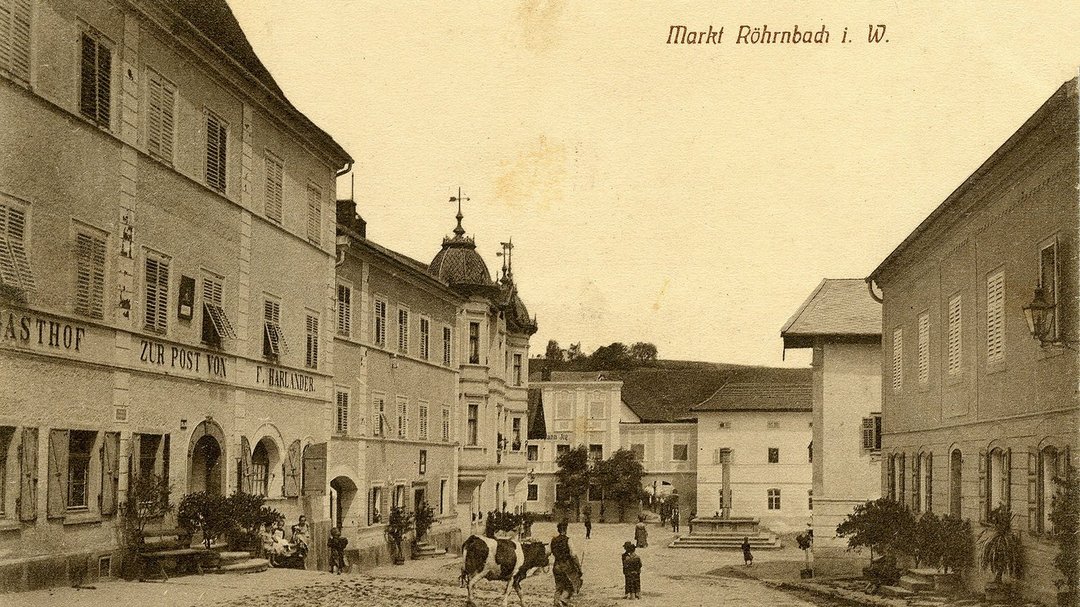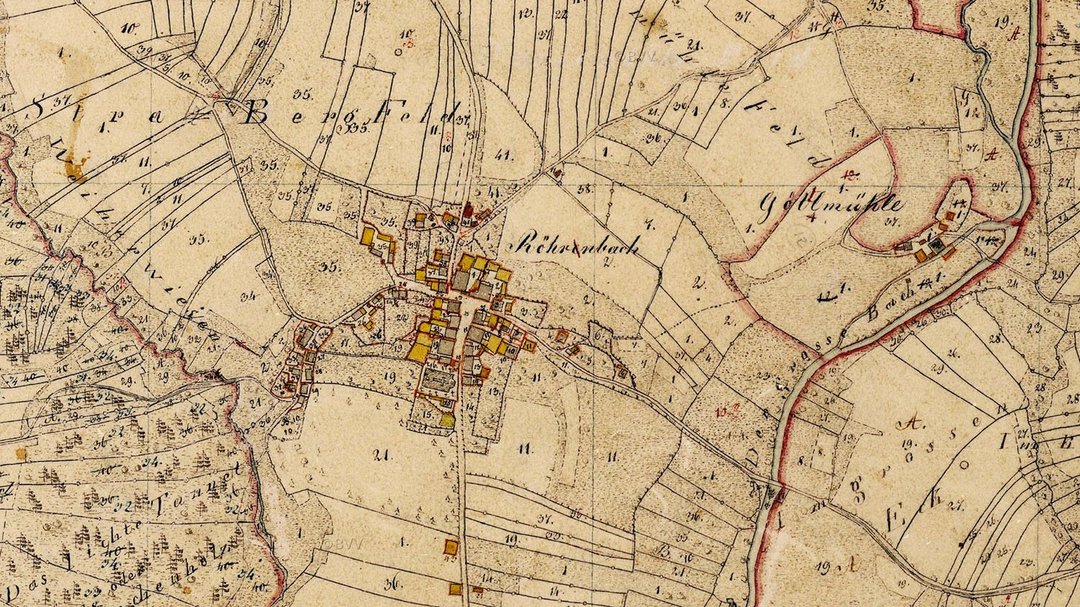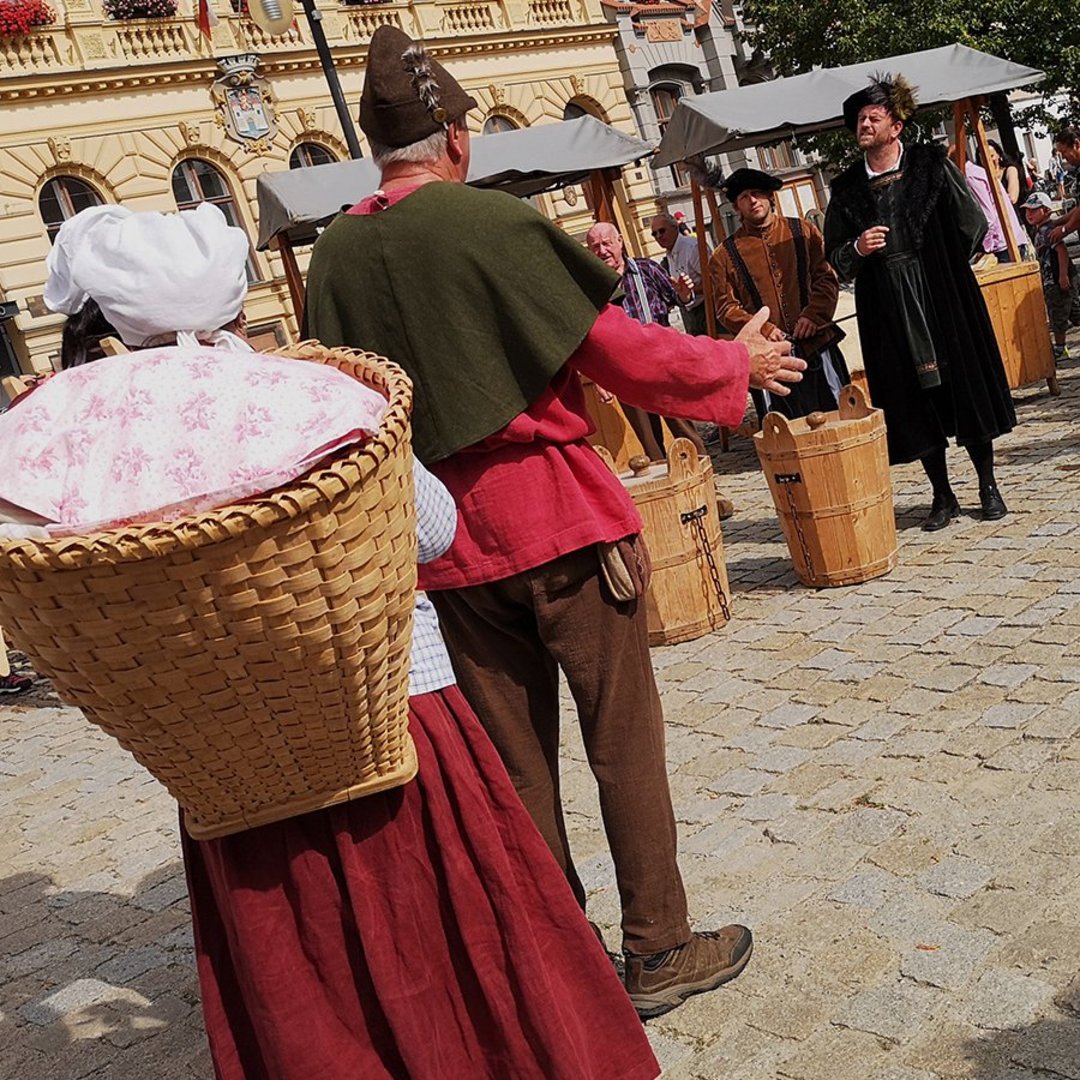Röhrnbach - Town hall
"GOLDSTEIG TRAIL", KLAFFERSTRASSE, TOLL STATION, RIGHT TO HOLD A MARKET, FRATERNITY
Many ways lead to Röhrnbach
Imagine arriving at the market town of Röhrnbach (first mentioned in writing in 1170) after an exhausting march with your pack horses. Thanks to the convenient location of the town, the market was bustling with activity in the 16th century: Firstly, located on the upper "Goldsteig Trail" in the direction of Bergreichenstein and secondly on the so-called "Klafferstraße" (Hungary path). On this route, flocks of oxen from Hungary were driven into our region via the Austrian region of Mühlviertel. In Röhrnbach, the guardians errected a toll station in 1538, controlling, among other things, the sumpters of salt. During that time, Röhrnbach formed their own fraternity. Thanks to Prince Bishop Leopold I. the town received the right to hold a market in 1612, probably in recognition of its flourishing trade during the past years. The end of the 16th century marked the highlight of the salt trade at the "Goldsteig Trail", as approx. 20,750 tons of salt were traded from Passau in 1590.




Salt – usage in the middle ages:
- preservative
- feed supplement
- seasoning
- producing cheese
- baking bread
- preservation of meat
- pickling fish
- tanning
- dying
- making glass and potteries
